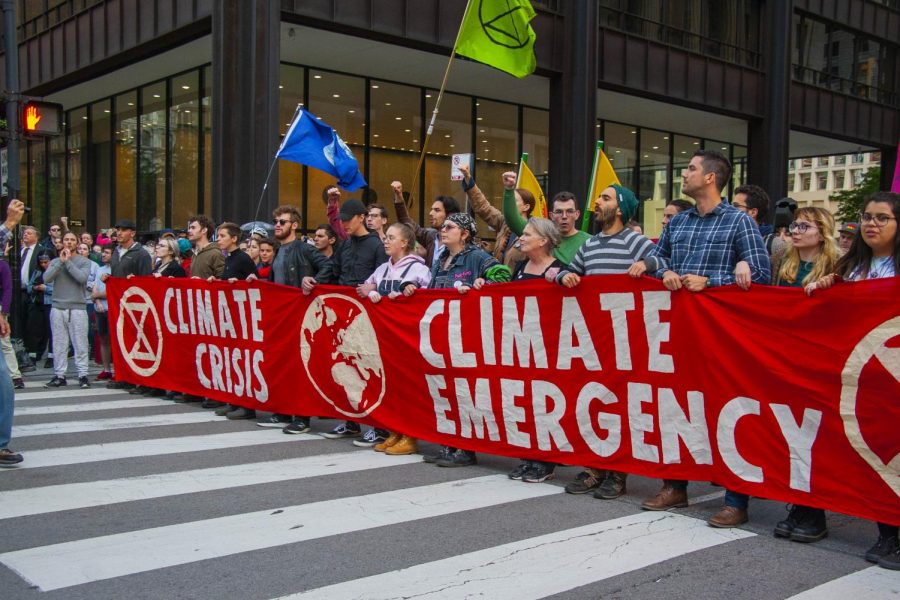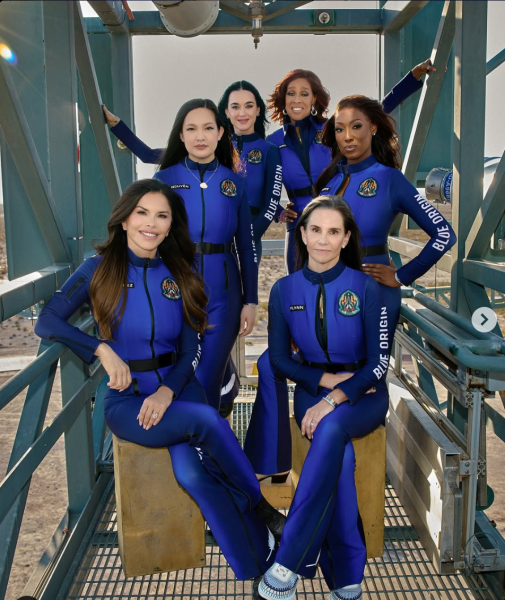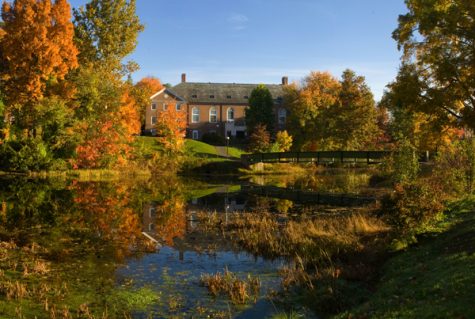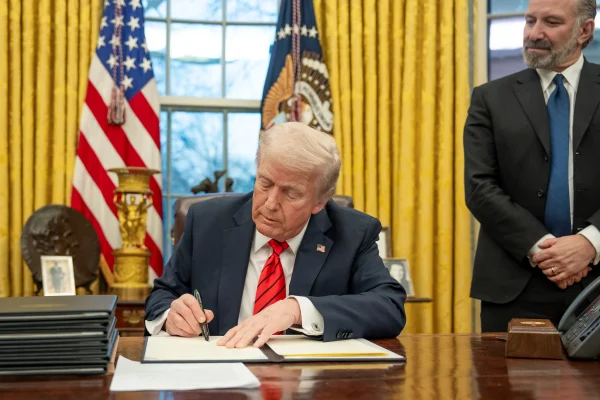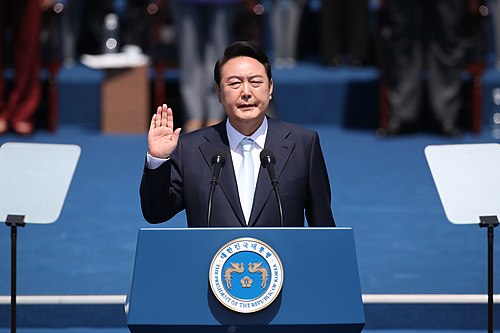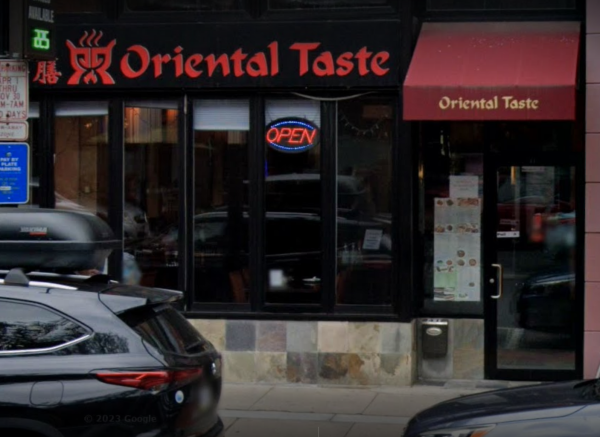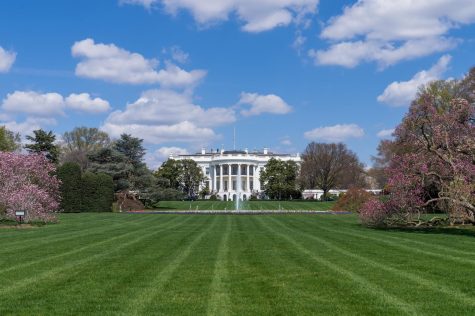It’s Time to Talk About the Climate Crisis
Climate change is real, it’s changing our world rapidly, and many young people are passionate about tackling the problem. But there is a lot more to be done. For an issue that impacts everyone on Earth, education surrounding the issue for the world’s youth is limited.
Climate change has become an increasingly pressing issue, and its effects are becoming deadly. The world is experiencing dramatic natural disasters, like raging wildfires in California and rapidly melting ice caps in the far north.
Environmental Science is not required to graduate Williston, and the same goes for many other schools. NPR stated in 2019, “Although most states have classroom standards that at least mention human-caused climate change, most teachers aren’t actually talking about climate change in their classrooms. And fewer than half of parents have discussed the issue with their children.”
Education is one of the best ways to help stop climate change. Yet it’s not mandated to be taught in school.
“I completed high school in 1981. I do not recall ever talking about climate change,” said AP Environmental Science teacher Jeffery Ketcham. “I’m certain scientists were talking about it, as there is literature about it before this date, however it was not mainstream enough to reach the curriculum of a public high school in New York State.”
According to NASA, “Global sea level rose about 8 inches (20 centimeters) in the last century. The rate in the last two decades, however, is nearly double that of the last century and accelerating slightly every year.”
Along with sea levels rising, temperatures are also changing.
“The number of record high temperature events in the United States has been increasing, while the number of record low temperature events has been decreasing, since 1950,” NASA data illustrated. “The U.S. has also witnessed increasing numbers of intense rainfall events.”
Even now, 40 years later, talk about climate change and its effects are largely left out of the classroom unless students choose to take a course like Environmental Science
Class of ’21 alum Eleanor Windrow took AP Environmental Science while at Williston. Aside from that class, she said, “I think we talked about it maybe once in AP Gov. But other than that, I don’t remember learning about it at all.”
Saenger Breen, a senior at Northampton High, agreed. “I didn’t learn about it depth until I took AP Environmental,” she said.
Ketcham is hopeful, and sees more students feeling passionately about climate change then when he first started teaching. “It is a regular part of conversation now – in school, at home, and in the media,” he said. He stressed how important it is that students are educated on the subject.
“This issue is probably the most significant issue of modern times,” Ketcham said. “Without knowing what is going on it would be difficult to make any changes. I think everyone should be aware of how our individual as well as collective actions impact others and the planet that sustains us. We only have one planet and we really should take care of it!”
In places where climate change affects lives on daily basis, talk about the issue is starting to become an even bigger part of regular conversation.
Tabitha Randlett, a Williston senior, grew up in San Francisco, where the very real and dangerous effects of climate change are evident. Tabitha recalled having to flee a hotel in Saratoga, California, because of wildfires. “As we left, I had to drive right next to raging fires on the highway,” she said.
Tabitha’s education surrounding climate change started early. “Living in a part of California that has experienced severe drought for most of my life, my school taught about how to be environmentally friendly and conserve energy and water,” she explained. “We would get prizes for taking short showers, reducing water, or biking to school or any other little things that would reduce carbon and water emissions.”



